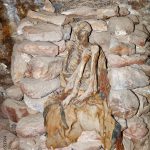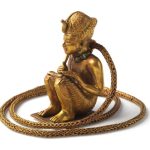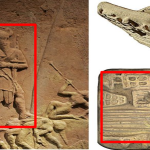Roman mosaic of Orpheus charming animals from the fourth century AD, discovered in Antioch (modern-day Antakya, Turkey)

The Roman mosaic depicting the Thracian singer Orpheus is a remarkable artifact from antiquity, showcasing the artistic brilliance and cultural narratives of the Roman Empire. Dating back to the 4th century AD, this mosaic was discovered in Antioch, which is now modern-day Antakya in Turkey. It represents one of the many intricate and beautiful works of art that have survived from the ancient world, providing us with a glimpse into the past and the mythological stories that captivated the imaginations of people during that era.
Orpheus, a legendary figure in Greek mythology, was famed for his extraordinary musical talents. According to myth, he was able to charm anyone who heard his music, including animals, trees, and even stones. This mosaic vividly brings to life the tale of Orpheus, depicting him seated on a rock, playing his lyre, surrounded by an array of enchanted animals. The animals, mesmerized by his music, are shown in various states of calm and adoration, highlighting the power and beauty of Orpheus’s melodies.
The mosaic itself is a masterful example of Roman artistry. It is composed of tiny, colorful pieces of stone and glass, meticulously arranged to create a detailed and vibrant image. The central figure of Orpheus is rendered with great attention to detail, capturing his serene expression and the fluid lines of his draped clothing. The lyre, an ancient stringed instrument, is intricately depicted, emphasizing its significance as the source of the enchanting music.
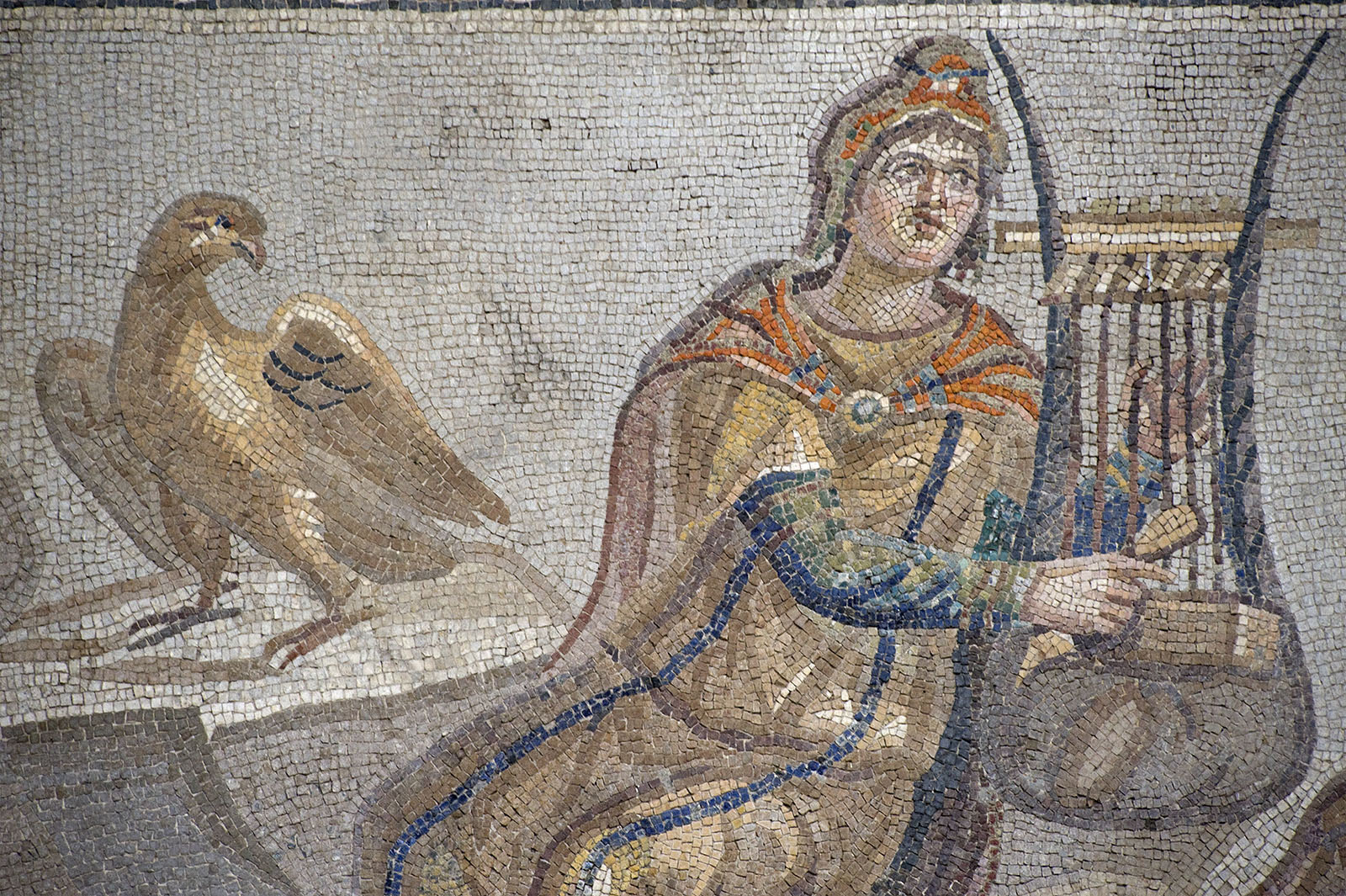
Surrounding Orpheus are a variety of animals, each carefully crafted to convey their individual characteristics and the collective sense of enchantment. Among these creatures are lions, birds, deer, and other wildlife, all drawn towards the musician by the irresistible allure of his music. The mosaic’s ability to convey motion and emotion through static images is a testament to the skill of the artisans who created it.
The discovery of this mosaic in Antioch is significant for several reasons. Antioch was one of the major cities of the ancient world, a hub of culture, commerce, and art. It was known for its cosmopolitan nature, with influences from Greek, Roman, and Eastern traditions. The presence of such a mosaic in Antioch underscores the city’s importance as a center of artistic production and its role in preserving and disseminating cultural narratives.
Dating from the 4th century AD, this mosaic also provides insights into the continuity and adaptation of mythological themes in the Roman world. By this time, the Roman Empire had embraced Christianity, yet the enduring popularity of classical myths like that of Orpheus persisted. The mosaic serves as a cultural bridge, illustrating how ancient stories were preserved and appreciated even as new religious and philosophical ideas emerged.
The craftsmanship of the mosaic also reflects the technical and aesthetic advancements of Roman mosaic art during this period. The use of perspective, shading, and naturalistic details demonstrates the high level of sophistication achieved by Roman artists. The choice of materials and the durability of the mosaic technique have allowed such works to survive for centuries, enabling us to study and admire them today.
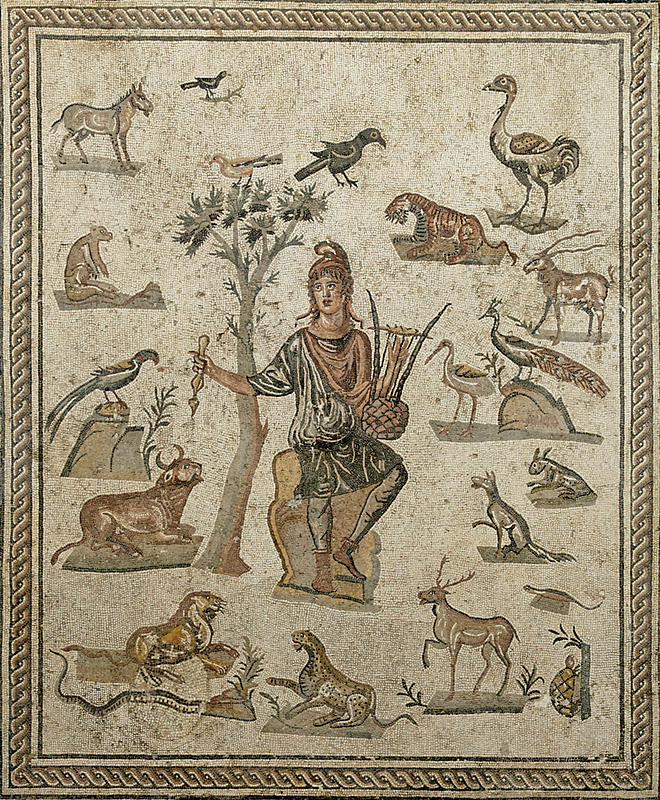
Today, the mosaic of Orpheus is housed in a museum, where it continues to captivate and inspire viewers. It stands as a testament to the enduring power of art and mythology, reminding us of the universal human fascination with music, beauty, and storytelling. Through this mosaic, the ancient tale of Orpheus and his magical music transcends time, connecting us with the cultural heritage of the past.
In conclusion, the Roman mosaic depicting the Thracian singer Orpheus is a treasure of ancient art, rich with historical and cultural significance. Found in Antioch, modern-day Antakya, Turkey, and dating from the 4th century AD, it exemplifies the artistic achievements of the Roman Empire and the enduring allure of mythological narratives. This mosaic not only reflects the technical prowess of its creators but also serves as a cultural artifact that continues to enchant and educate those who encounter it.




